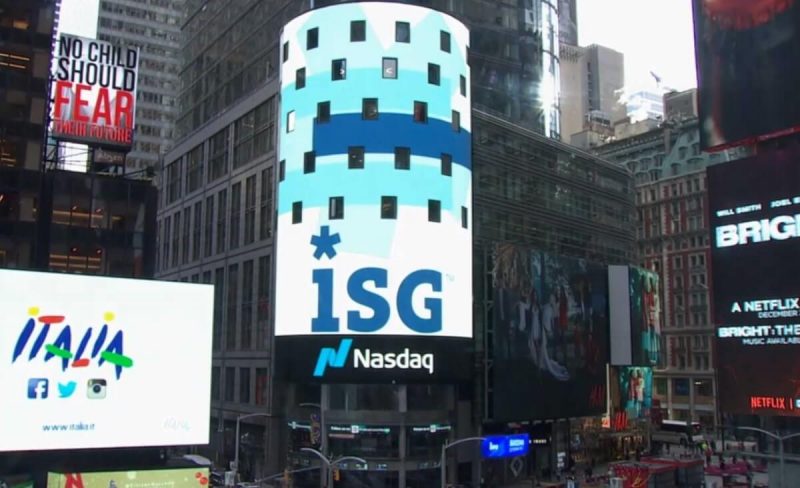

These out-of-date mainframe systems are essential for providing public services but suffer from technological obsolescence and a shortage of qualified personnel, stated ISG. Ageing technology, the retirement of seasoned mainframe operators, and the requirement to incorporate new digital services have made updating these mainframe systems imperative more than ever.
“Mainframe upgrades come with a lot of uncertainties, but the risks of doing nothing continue to grow,” said Nathan Frey, Partner and lead, ISG Public Sector, for the U.S. “State and local governments are taking action to prevent catastrophes and prepare to meet future constituent demands.”
Hybrid IT Models, DevOps, AI
The demand for mainframe services in the public sector has increased by 10 to 20 percent, according to the ISG report. In contrast, the private sector has seen only minor growth – less than 5 percent – as businesses have mostly shifted to cloud computing. Stricter security and regulatory restrictions are the reason for the federal government’s slower expansion in mainframe services.
Public organizations are increasingly using hybrid IT models, which combine conventional mainframe systems with contemporary cloud solutions, to close the technology divide. But because public-sector mainframes receive less updates than their commercial equivalents, these shifts are more difficult. These upgrades are being facilitated by service providers using DevOps methodology, however smaller public organizations tend to prefer ‘lift-and-shift’ approaches over comprehensive migration away from legacy systems.
This shift is mostly being driven by artificial intelligence (AI), which automates the documentation and analysis of legacy code, cutting costs and project schedules. According to Jan Erik Aase, an ISG partner, “AI tools are indispensable for analyzing the complex systems that have evolved within public agencies over decades. These solutions facilitate a more seamless conversion of outdated mainframe applications into modern, cloud-based formats by helping to understand the complex patterns and dependencies in older systems.”
Merging Trend: MFaaS
Mainframe-as-a-Service (MFaaS), wherein third parties handle the mainframe infrastructure, is an emerging trend in the industry that frees up public agencies to concentrate on more extensive digital transformations. MFaaS is still in its infancy, but is thought to be less disruptive than full application modernization.
The ISG study also highlights how important it is to make mainframe data available for generative AI applications, implying that traditional computing platforms and state-of-the-art AI technologies are becoming more and more interdependent.
Modernization is a major focus not just in the United States. Similar developments are changing the mainframe landscape in Europe, where businesses are embracing hybrid methods that strike a compromise between the cloud’s agility and the reliability of older systems. In order to improve mainframe modernization, European businesses are increasingly utilizing AI-first techniques. They are concentrating on sustainable, object-oriented architectures in order to increase developer productivity and operational efficiency.
In addition to using AI and automation to streamline certain activities, providers on both continents are embracing these technologies as key elements of a revolutionary strategy that redefines the management and evolution of legacy systems. It is being argued that using GenAI strategically is essential to achieve significant gains in language conversion accuracy and other modernizing processes.
Since mainframe systems still support a large percentage of government IT infrastructure, modernizing them is becoming essential to maintaining operational continuity and meeting future digital expectations. According to the ISG report, making these modifications is not just a technical but also a strategic choice that is essential to improving operational efficiency and service delivery in a world going more and more digital.









